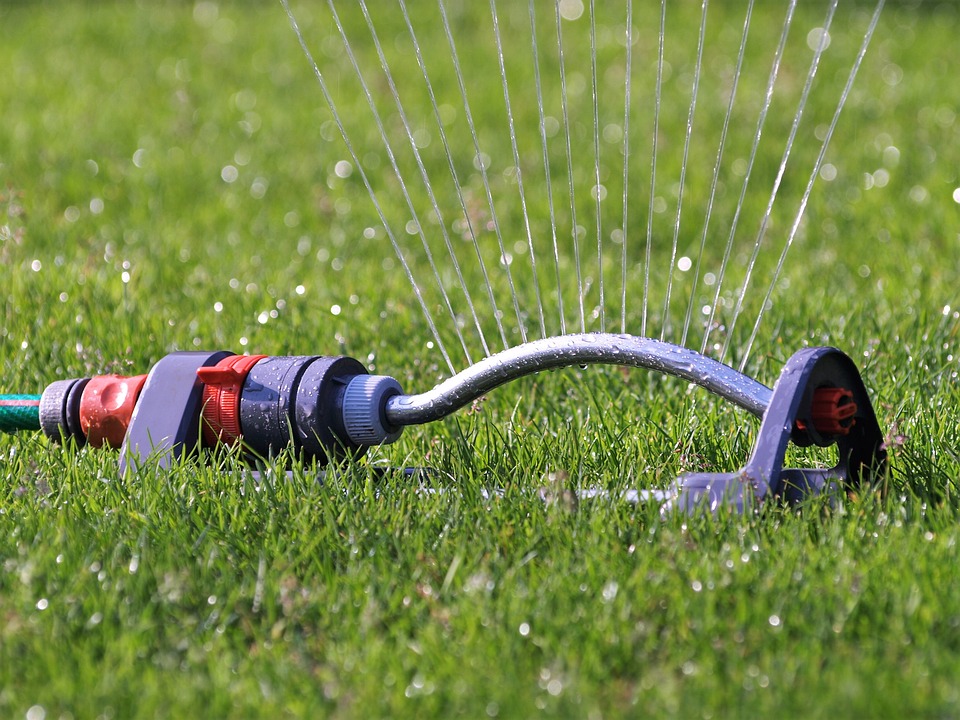Protect Your Sprinkler System for Winter in the greater Sacramento area

Sprinkler systems offer a reliable, efficient, and low-effort way to water your landscape in summer. While they’re excellent at helping you care for your lawn, it doesn’t mean they themselves don’t need their own maintenance. Once the cold weather rolls in, you must protect the system as it is vulnerable to freezing and other cold damage. At Ace Plumbing Heating and Air Conditioning, we recommend learning the right steps to winterize your sprinkler system to protect the valves and pipes from cold. Here are a few tips to protect your sprinkler system for winter.
Check for damage
The best way to prepare your sprinkler system for winter is to stay on top of maintenance throughout the year. That means checking your system for cracks and other damage and fixing them before winterization. You can do this by hiring our team of professional plumbers to do it for you. We will ensure the system works efficiently before winterizing it by checking water pressure, unclogging clogged nozzles, and posting and spray pattern issues.
Shut off the water supply connected to your irrigation system
Turn off the water to the system with the main valve that’s usually found near your water meter. Luckily, you don’t need to winterize the main shut-off valves as it is usually below the frost line, and Sacramento experiences zero inches of snow. If the system is automatic, close the timer as well. This helps prevent the water from freezing and expanding inside the system. You can reprogram the time again in spring. Some systems have rain mode settings that allow you to power down the timer without losing any programmed information. Allowing the system to run in rain mode throughout winter is safe and won’t affect your energy costs.
Drain the system
It’s not enough to keep the water from flowing into the system. You need to drain out the water that’s already there. This step doesn’t have to be difficult, especially if you have an automatic draining system. If you’re doing it manually, slowly open the valves one at a time and let the water flow out. Close once finished.
Insulate pipes that are part of your system
The sprinkler system’s above-ground parts must be properly insulated from the weather. Use foam insulating tape to wrap the pipes around by hand. You can also cut the foam insulating tape to fit the pipes. Be sure not to block air vents or drain outlets on the backflow preventer.
Insulate your backflow preventers and valves
While it doesn’t snow in California, it’s prudent to take the necessary precautions and insulate your backflow preventers. These are susceptible to freezing and can burst if not well-insulated.Use leftover insulation material to insulate your backflow preventers and valves. Backflow preventers help keep wastewater or sewage from flowing back into your pipes. They look like half-rectangle pipes sticking off the ground. Like the pipe, you can simply wrap them in insulation.
Double-check your manual
If you’re doing the winterization yourself for the first time, check the manufacturer’s recommendation in the user manual. Some systems come with specific guidelines that you must follow.
Get help from a plumber
If you’re not comfortable winterizing your sprinkler system by yourself, we can do it for you. Ace Plumbing Heating and Air Conditioning have the right people to install, maintain and repair your system. Contact us today for more information.



